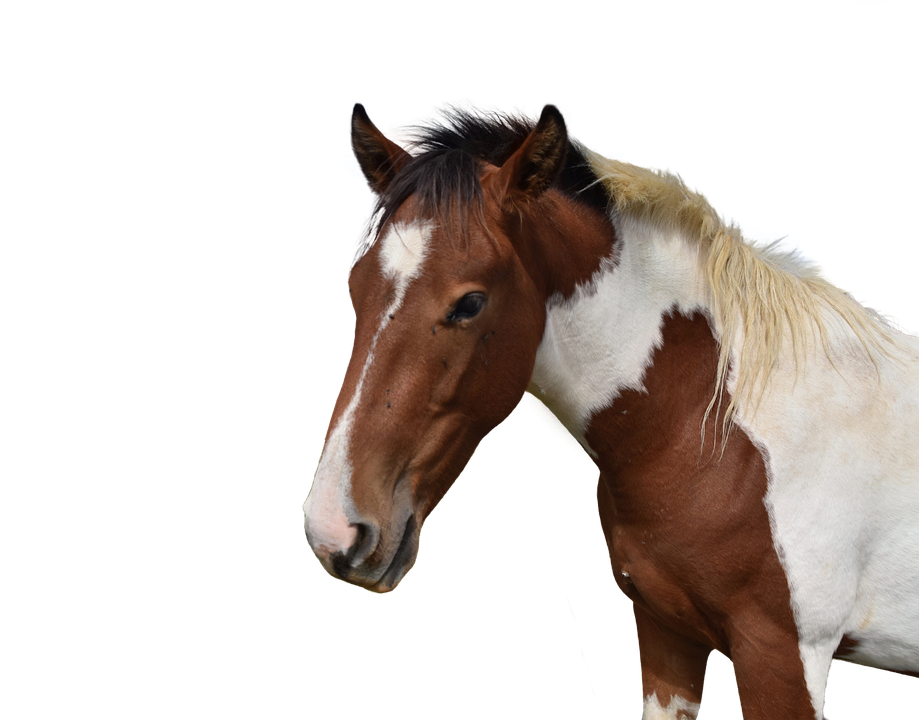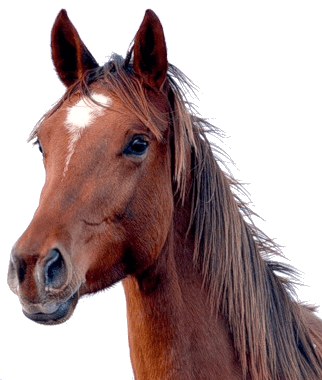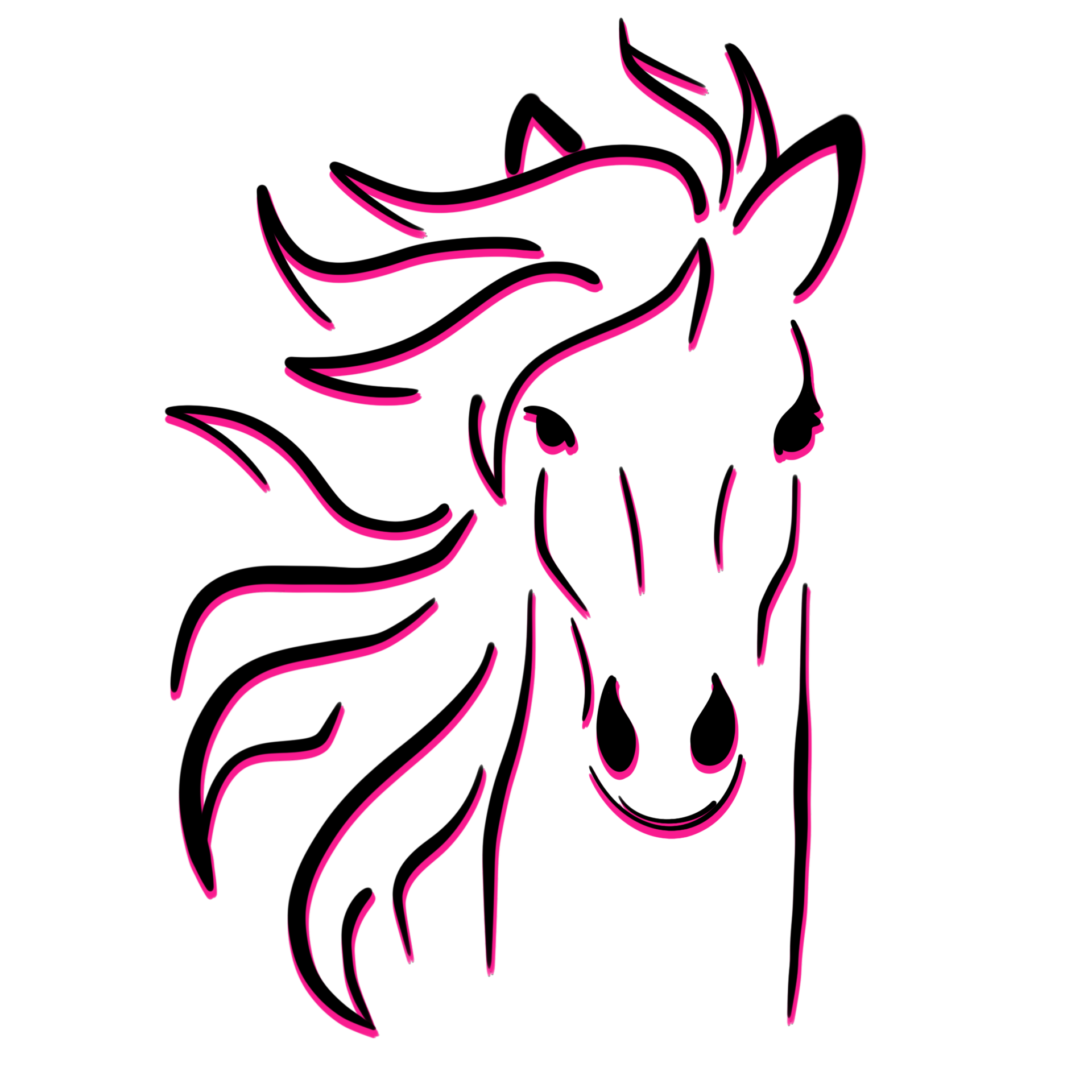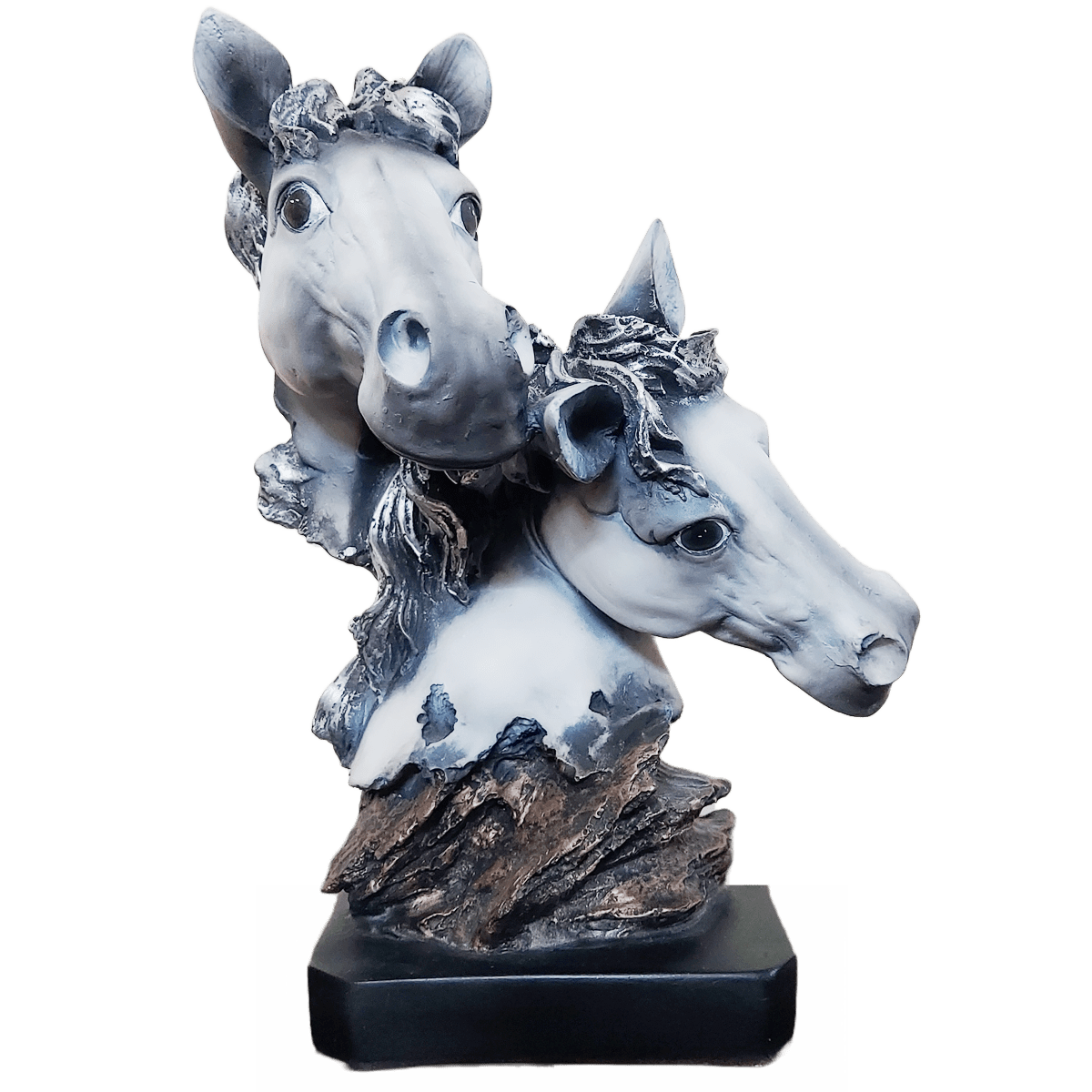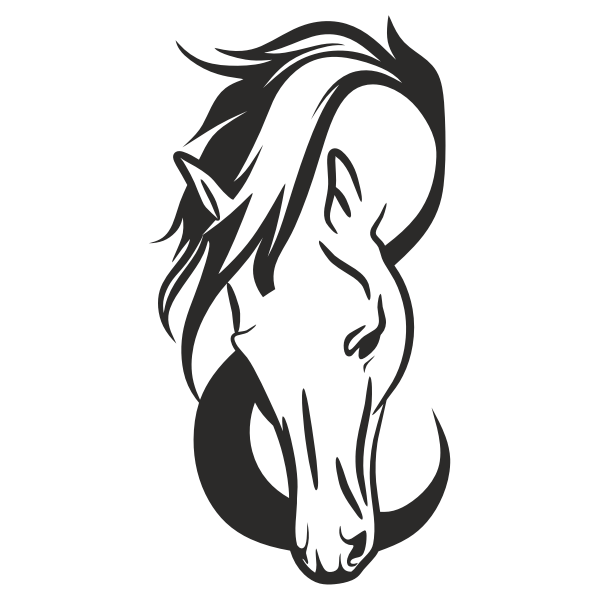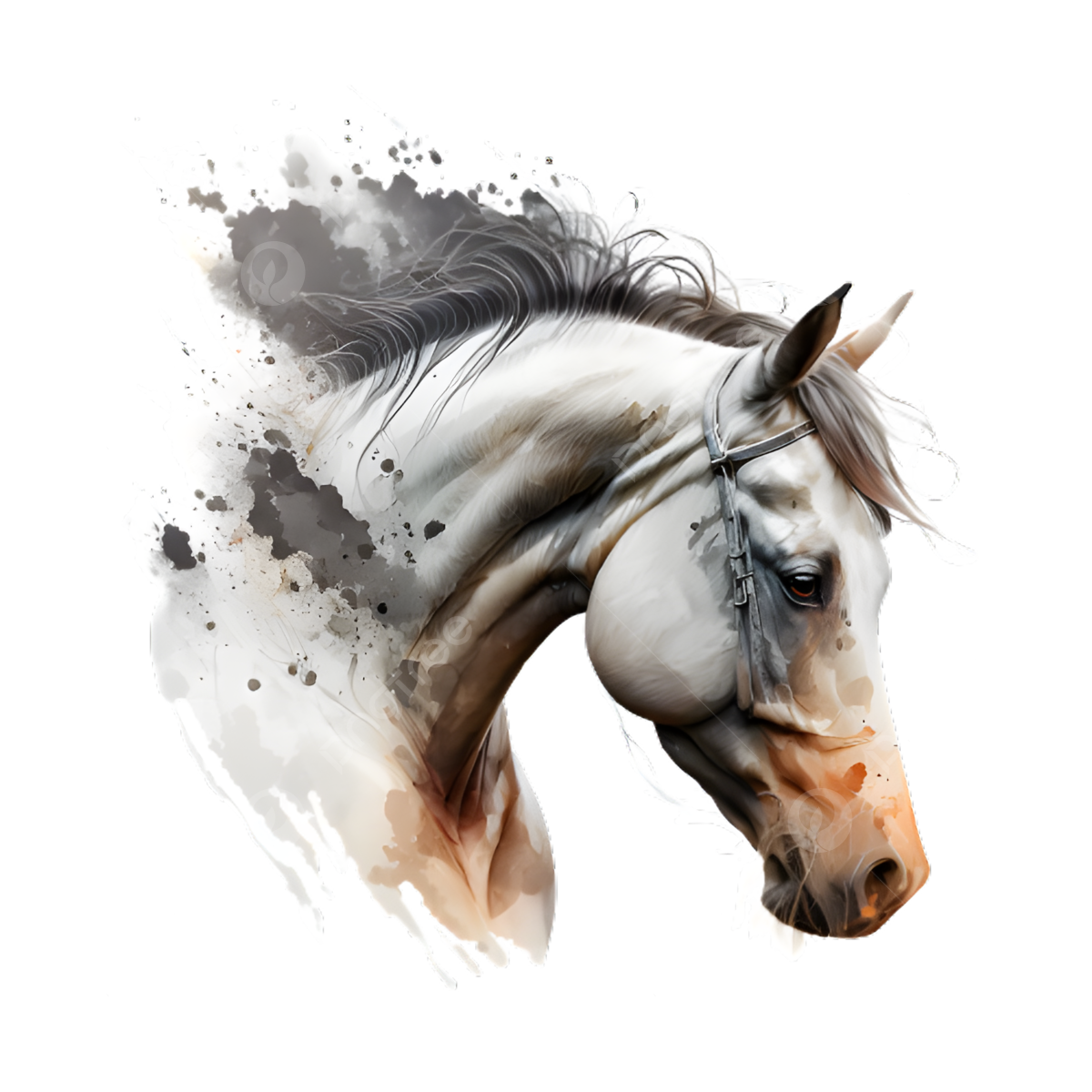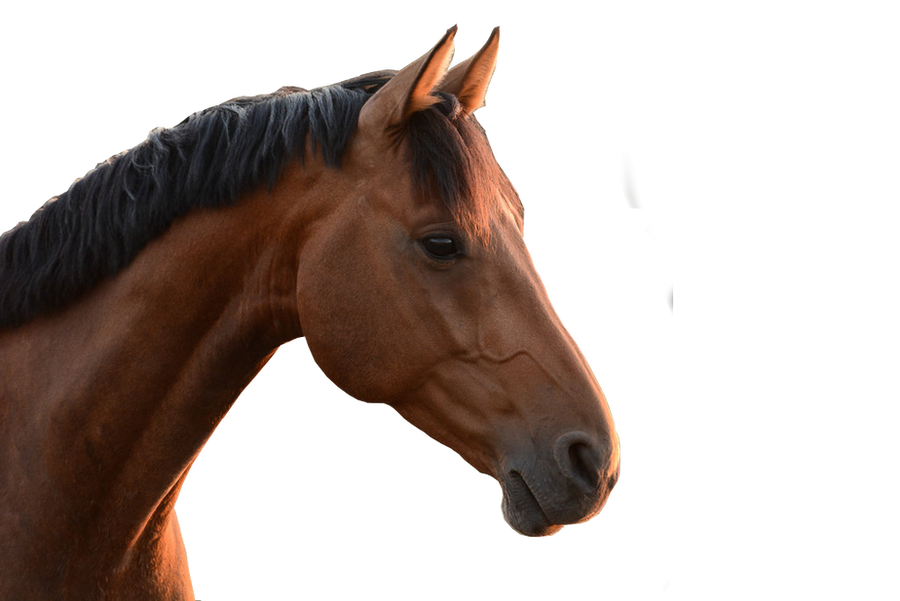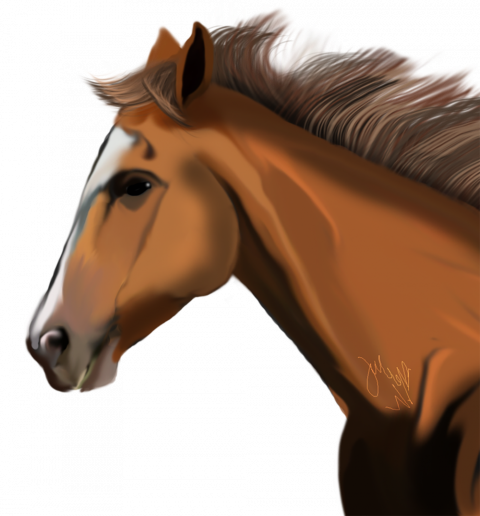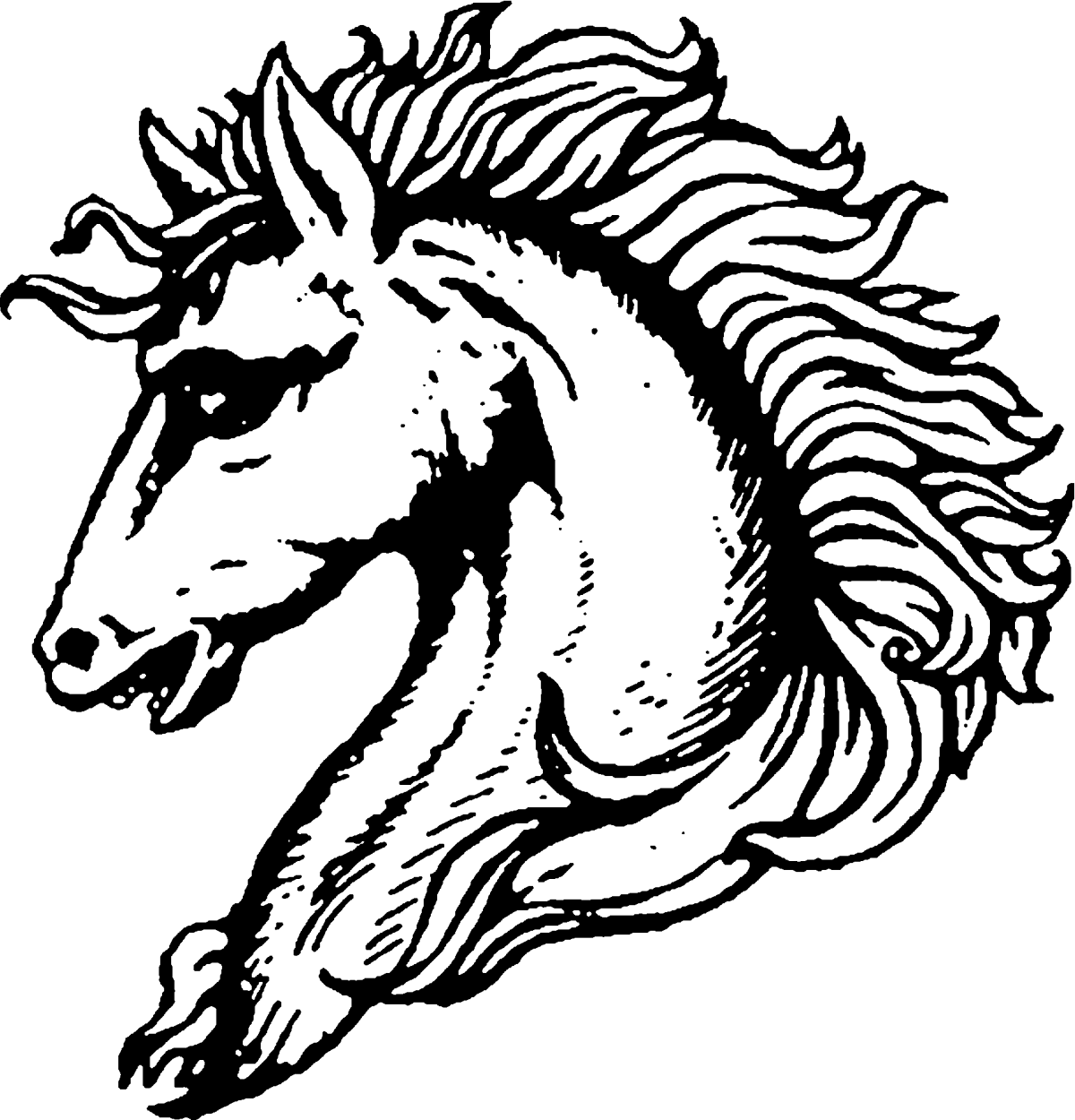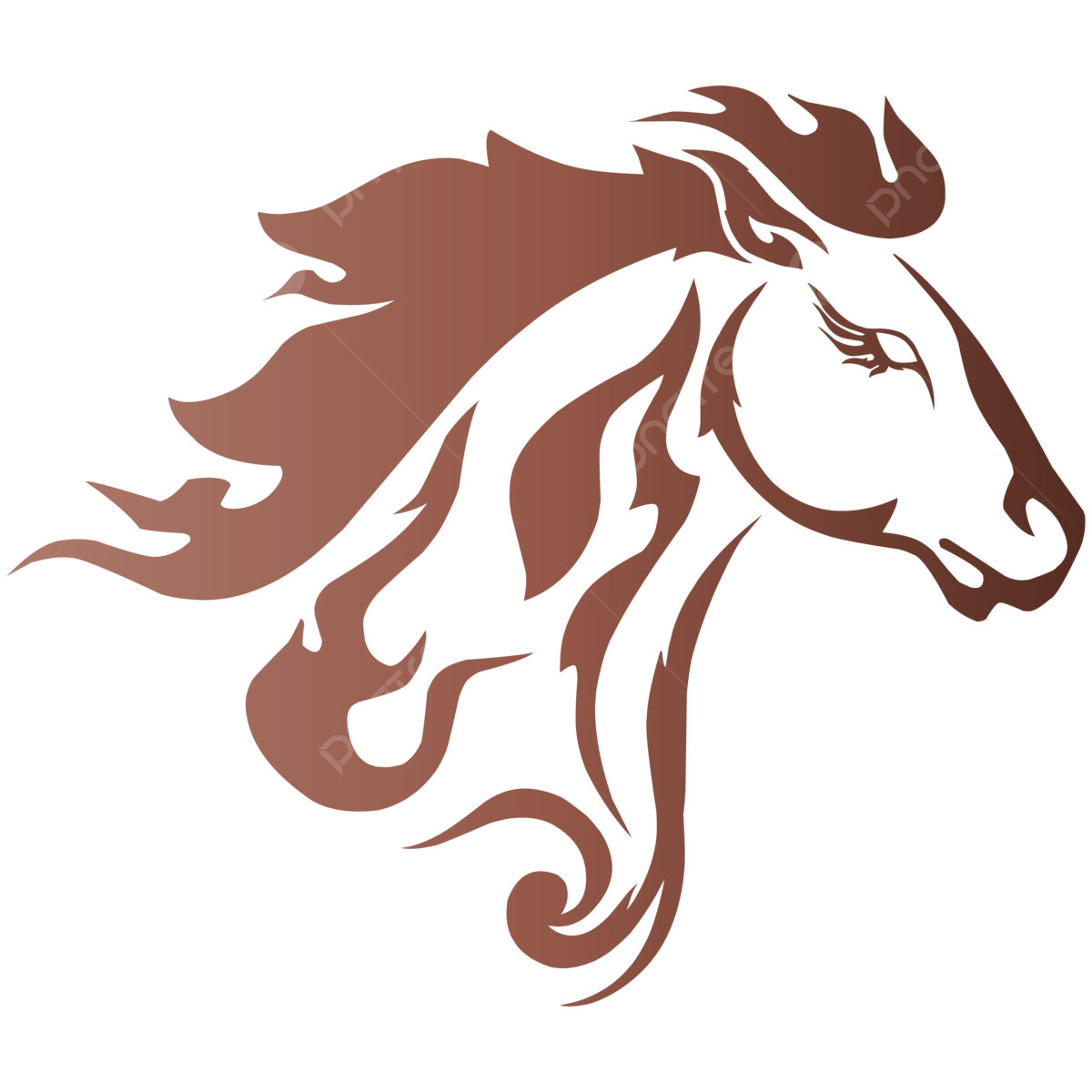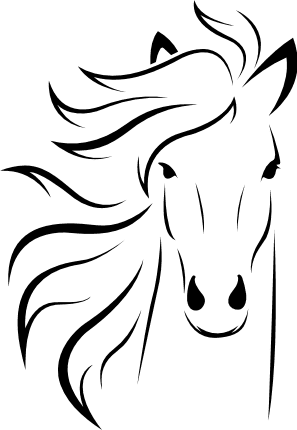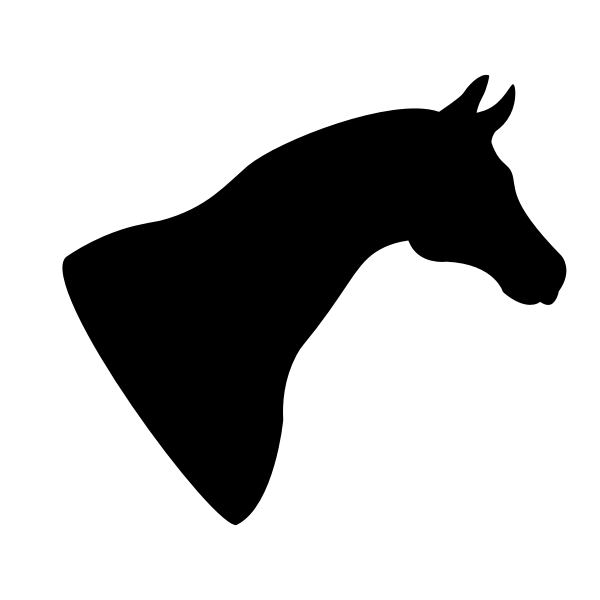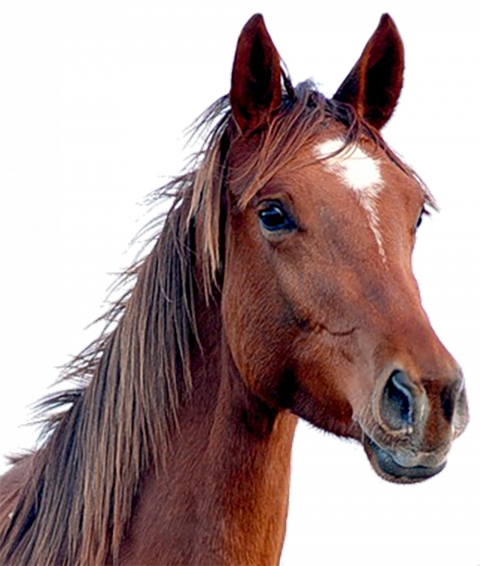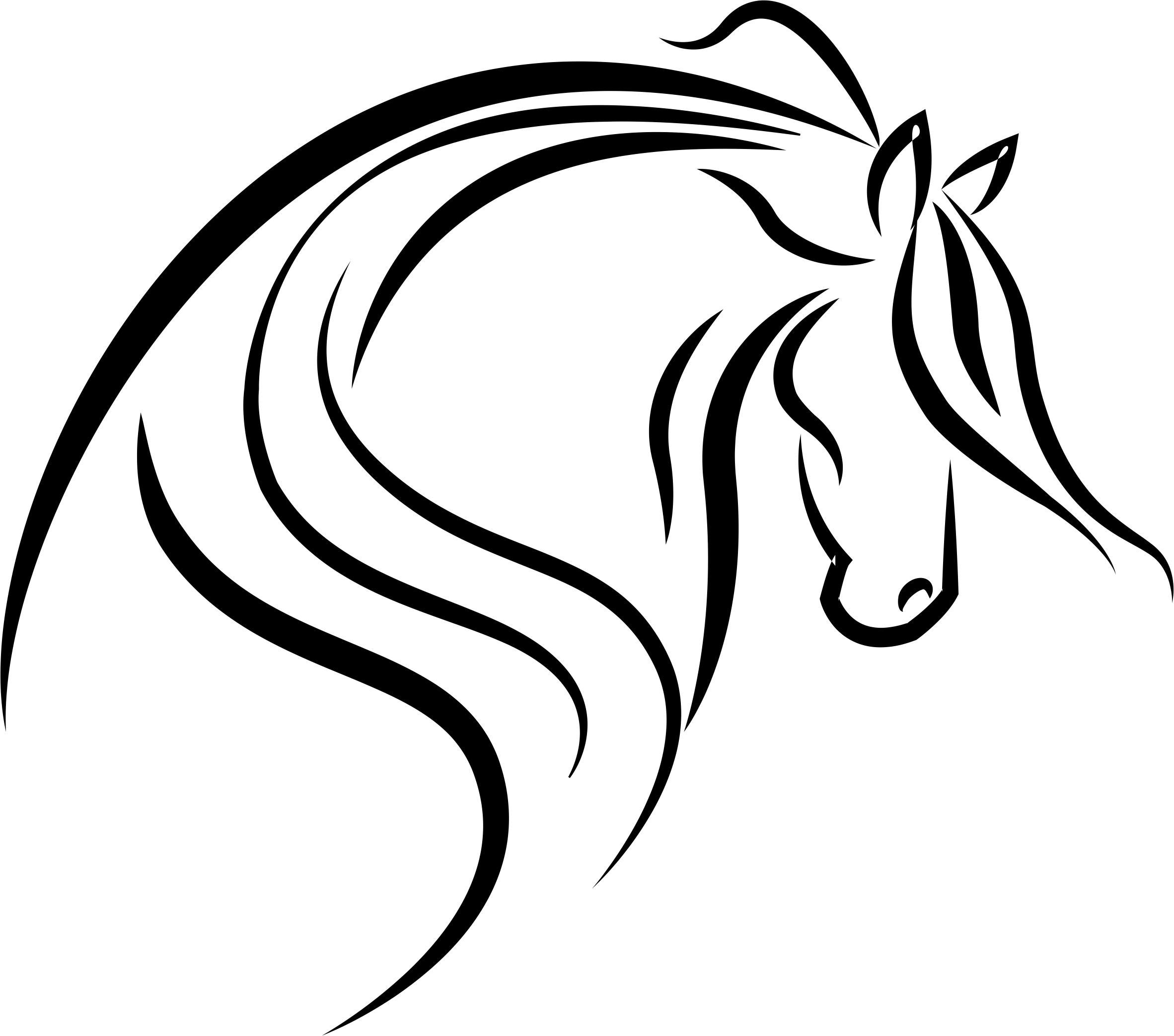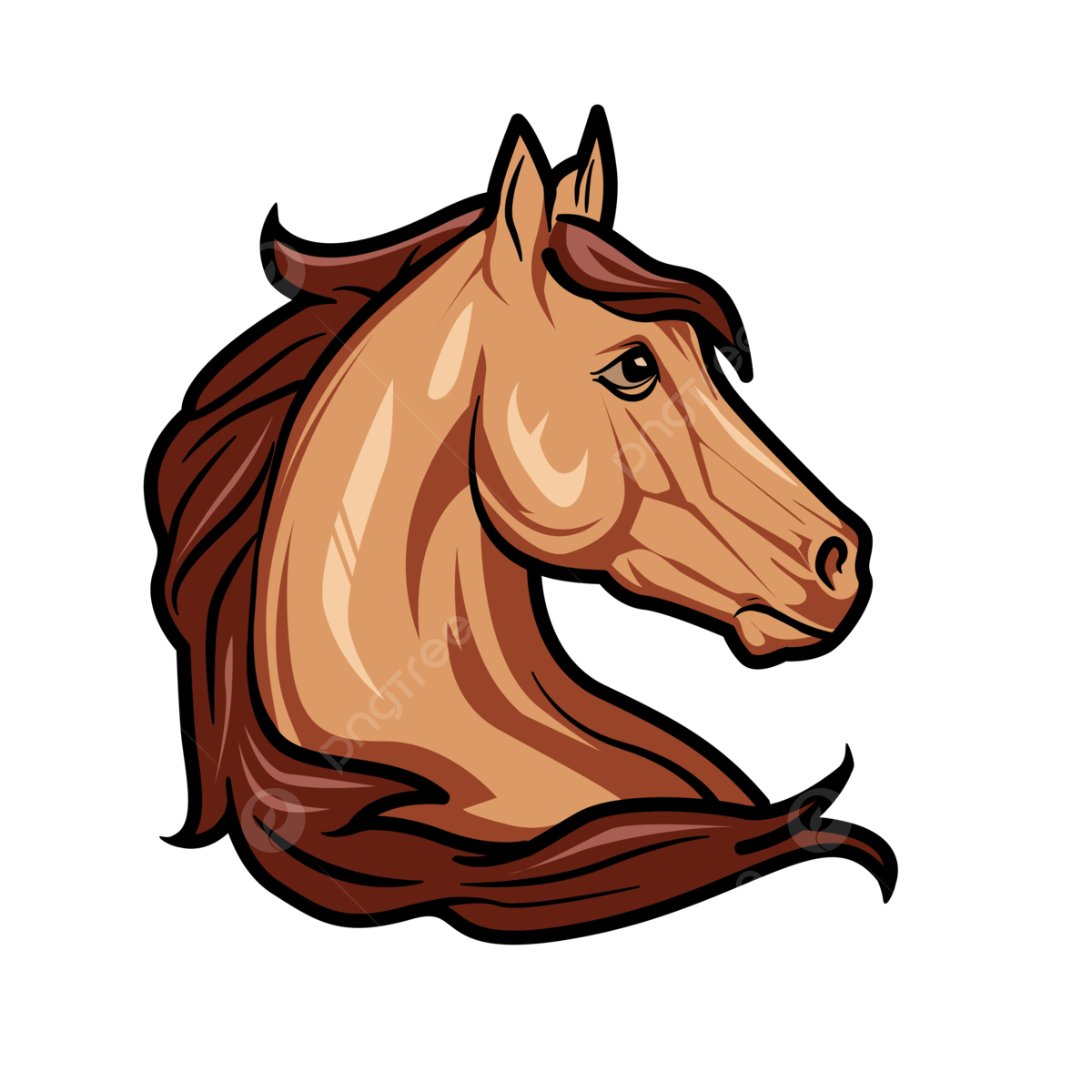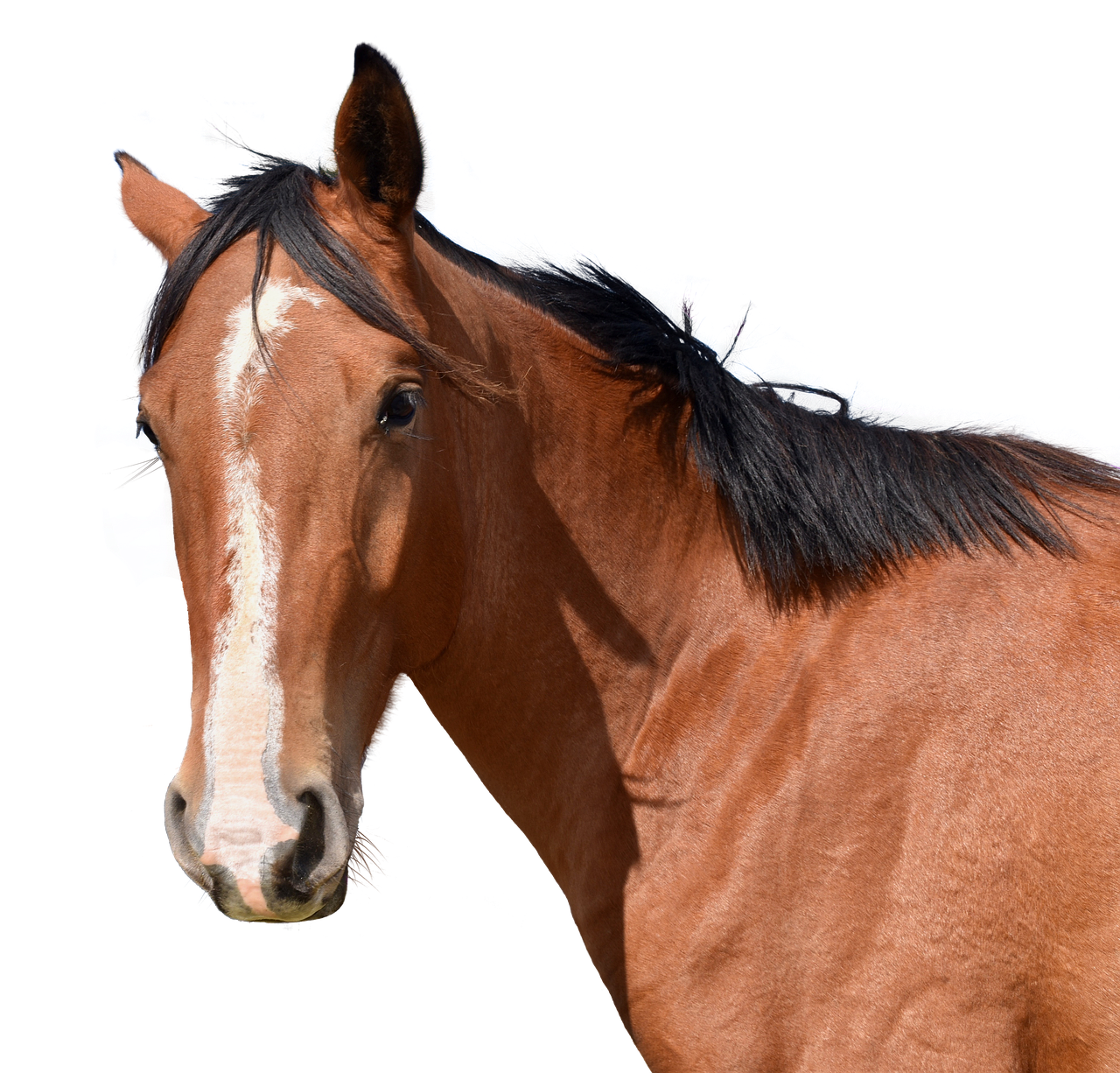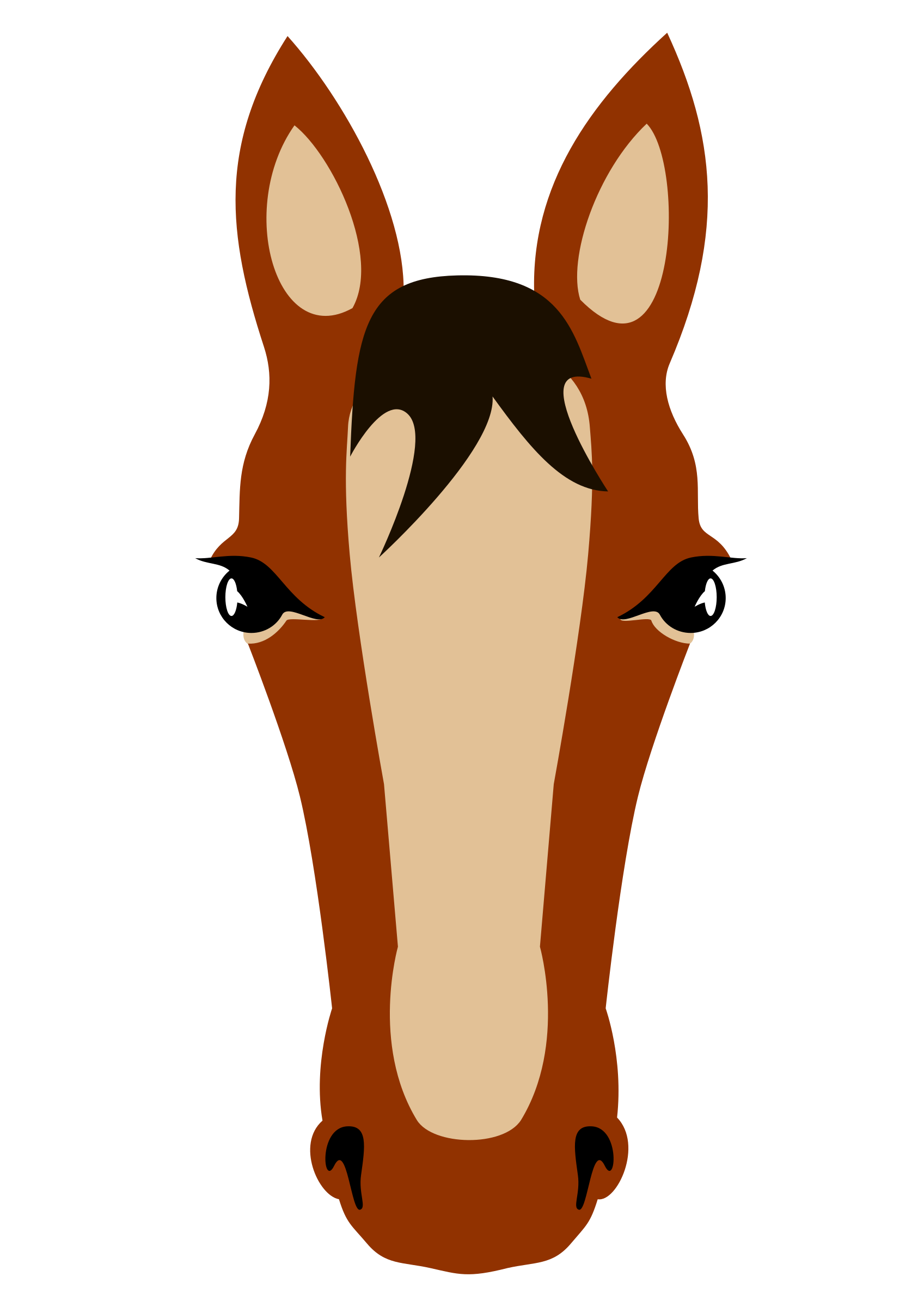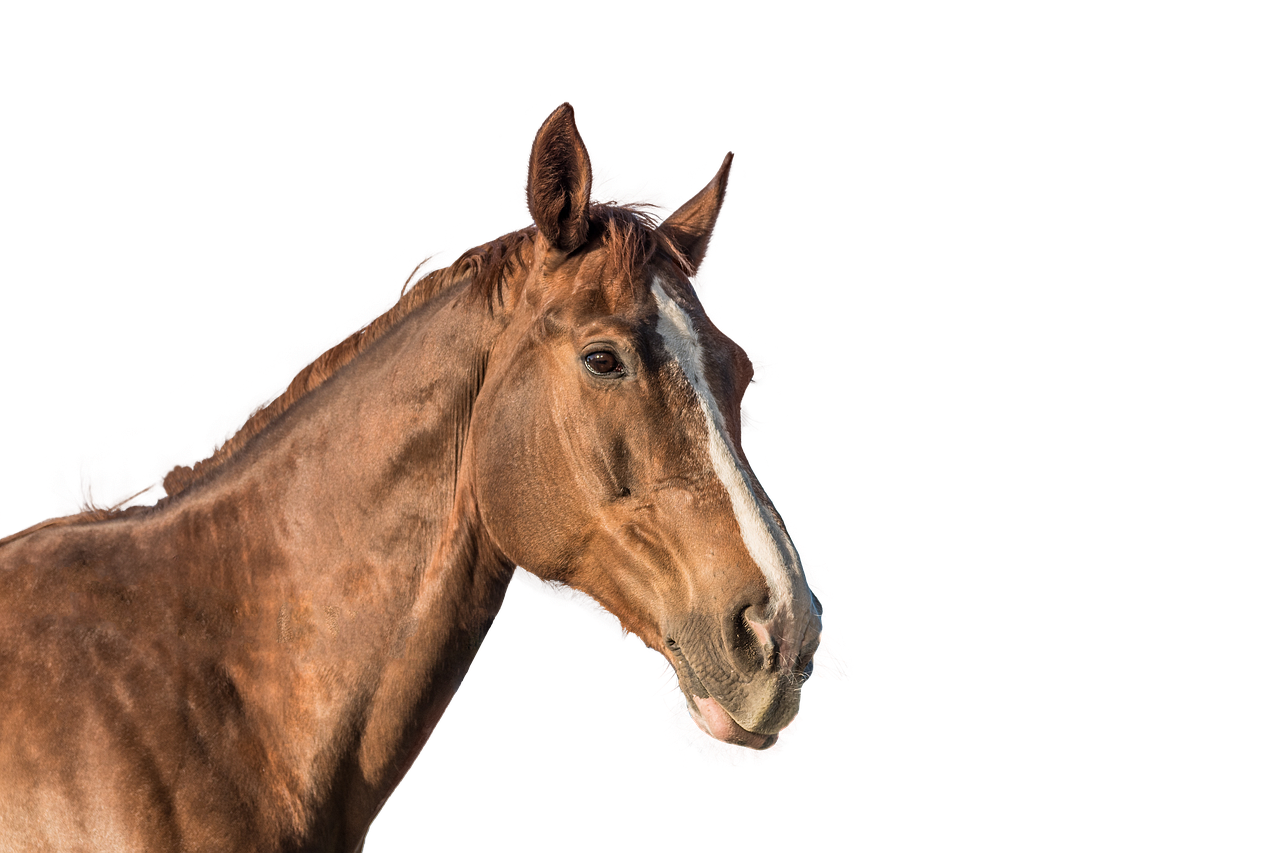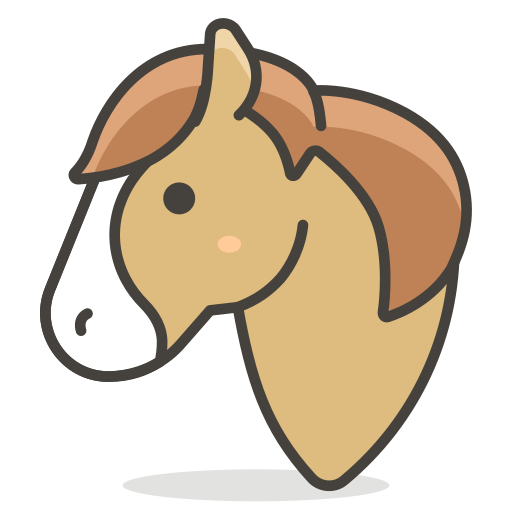Download top and best high-quality free Horse Head PNG Transparent Images backgrounds available in various sizes. To view the full PNG size resolution click on any of the below image thumbnail.
License Info: Creative Commons 4.0 BY-NC
If you’re a horse lover or have an interest in equestrian culture, you have probably come across the phrase ‘horse head.’ A horse head refers to the upper part of a horse’s neck and head that includes its mane, muzzle, eyes, and ears. This article aims to provide a comprehensive guide on everything you need to know about a horse head.
Anatomy of a Horse Head
A horse’s head has a unique structure that enables it to perform various functions, from eating to communicating with other horses. Here’s an overview of a horse’s head anatomy:
The skull
The horse’s skull is the bony structure that forms the horse head. It is made up of numerous bones that are fused together to provide support and protection to the brain.
The eyes
The horse’s eyes are large and situated on the side of the head. They provide the horse with a wide field of vision, which is essential for their survival in the wild. Horses can see in color, but their vision is more geared towards detecting movement and identifying potential threats.
The ears
Horses have some of the most mobile ears in the animal kingdom. They can rotate their ears almost 180 degrees in any direction, which enables them to pick up sounds from various angles. Horses use their ears to communicate with their herd mates and to express their moods and emotions.
The nostrils
The horse’s nostrils are responsible for their sense of smell. Horses use their sense of smell to detect food, water, and to identify other horses. The nostrils also play a crucial role in the horse’s respiratory system, allowing them to inhale and exhale efficiently during exercise.
The mouth
The horse’s mouth includes the lips, teeth, and tongue. It is designed to enable the horse to eat and communicate with other horses. Horses are herbivores and have a set of sharp front teeth that they use to bite and tear grass and hay. They also have back teeth called molars that they use to grind their food.
The Importance of a Horse Head
A horse’s head is essential for its overall health and wellbeing. Here are some reasons why:
Nutrition
The horse’s head is responsible for its nutrition. Horses must have access to food and water at all times to ensure their nutritional needs are met. When horses eat, they use their lips to grasp the grass or hay and their teeth to chew and grind it into small pieces. The tongue helps position the food in the mouth, while the salivary glands produce saliva to moisten and start the digestive process.
Communication
Horses use their head and ears to communicate with other horses. They can express their moods and emotions through facial expressions, body language, and vocalizations. A horse that is happy and relaxed will have its ears pointed forward and its mouth relaxed, while a horse that is scared or nervous may have its ears pinned back and its mouth tightened.
Identification
Horses can identify each other by their unique facial markings. A horse’s head color and markings are as individual as a human fingerprint, and no two horses are the same. By looking at a horse’s head, you can tell a lot about its breed, age, and temperament.
Performance
A horse’s head and neck are essential for its performance. During riding, the rider uses the reins to communicate with the horse’s mouth and guide its head and neck in the desired direction. A well-trained horse will have the strength and flexibility to move its head and neck in any direction with ease.
Horse Head Care
Horses require regular grooming to maintain their health. Here are some grooming tips to help keep your horse’s head in optimal condition:
Brushing
Use a soft-bristled brush to gently brush your horse’s head, mane, and forelock. This will remove any dirt or debris that may have accumulated during grazing and prevent any matting.
Cleaning
Clean your horse’s nostrils using a damp cloth or sponge. This will help to remove any dirt or mucus that may have accumulated and ensure that your horse can breathe clearly.
Clipping
Clip your horse’s whiskers using a pair of scissors or clippers. This will prevent any debris from getting caught in them and obstructing your horse’s vision.
Trimming
Trim your horse’s mane and forelock regularly to prevent any matting or tangling. Using a pair of scissors or clippers, cut the hair to the desired length and shape.
The Bottom Line
A horse’s head is an essential part of its anatomy and serves many functions. As a horse owner, it’s crucial to understand the importance of good head care and grooming. By taking care of your horse’s head, you can help ensure its overall health and wellbeing.
Download Horse Head PNG images transparent gallery
- Horse Head PNG Picture
Resolution: 919 × 720
Size: 517 KB
Image Format: .png
Download
- Horse Head PNG
Resolution: 322 × 380
Size: 56 KB
Image Format: .png
Download
- Horse Head Transparent
Resolution: 1920 × 1920
Size: 554 KB
Image Format: .png
Download
- Horse Head
Resolution: 1200 × 1200
Size: 334 KB
Image Format: .png
Download
- Horse Head Background PNG
Resolution: 600 × 600
Size: 53 KB
Image Format: .png
Download
- Horse Head No Background
Resolution: 1200 × 1200
Size: 1075 KB
Image Format: .png
Download
- Horse Head PNG Background
Resolution: 900 × 601
Size: 572 KB
Image Format: .png
Download
- Horse Head PNG Clipart
Resolution: 200 × 200
Size: 4 KB
Image Format: .png
Download
- Horse Head PNG Cutout
Resolution: 480 × 516
Size: 233 KB
Image Format: .png
Download
- Horse Head PNG File
Resolution: 1200 × 1250
Size: 140 KB
Image Format: .png
Download
- Horse Head PNG Free Image
Resolution: 1200 × 1200
Size: 180 KB
Image Format: .png
Download
- Horse Head PNG HD Image
Resolution: 297 × 430
Size: 9 KB
Image Format: .png
Download
- Horse Head PNG Image File
Resolution: 600 × 600
Size: 20 KB
Image Format: .png
Download
- Horse Head PNG Image HD
Resolution: 480 × 566
Size: 358 KB
Image Format: .png
Download
- Horse Head PNG Image
Resolution: 2364 × 2086
Size: 237 KB
Image Format: .png
Download
- Horse Head PNG Images HD
Resolution: 1200 × 1200
Size: 332 KB
Image Format: .png
Download
- Horse Head PNG Images
Resolution: 1280 × 1226
Size: 2042 KB
Image Format: .png
Download
- Horse Head PNG Photo
Resolution: 1697 × 2400
Size: 113 KB
Image Format: .png
Download
- Horse Head PNG Photos
Resolution: 1280 × 853
Size: 865 KB
Image Format: .png
Download
- Horse Head PNG Pic
Resolution: 512 × 512
Size: 42 KB
Image Format: .png
Download
